Picture yourself explaining to your 12-year-old Labrador that they’re too old to learn something new. The look of confusion in those wise eyes would tell you everything you need to know. Forget everything you thought you knew about teaching old dogs new tricks because science has completely rewritten the rules.
Recent studies in canine cognition have revealed that dogs retain significant neuroplasticity – the brain’s ability to form new neural connections – well into their senior years. This means your older dog’s brain remains capable of processing and retaining new information, much like a younger dog’s. Your senior companion isn’t just surviving their golden years, they’re actively rewiring their brain every single day.
The journey ahead reveals seven surprising truths about your senior dog’s incredible learning abilities. Prepare to discover why your graying buddy might actually have advantages over that energetic puppy down the street.
The Science Behind Senior Learning: Neuroplasticity Never Stops
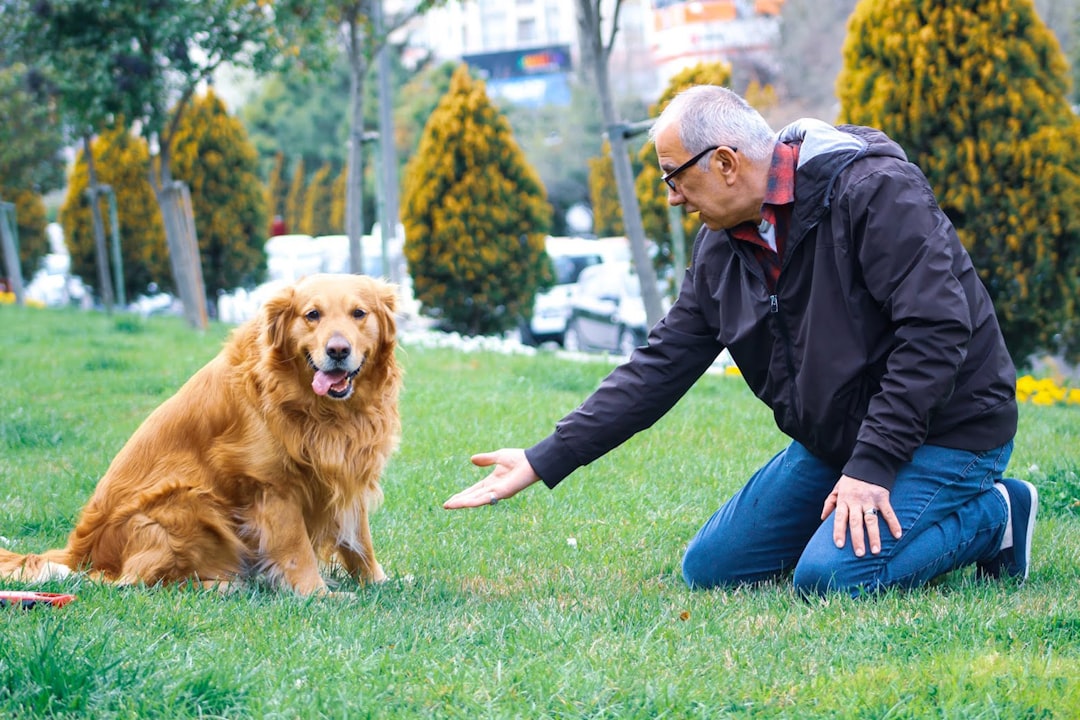
Neuroplasticity is activity-dependent because sensory activity is the means through which the outside world influences the brain. Repeated motor or cognitive activity can also drive neuroplastic changes. Regardless of the source, a sustained change in a pattern of neural activity is a necessary trigger for neuroplasticity.
Think of your senior dog’s brain like a construction site that never closes down. Neuroplasticity persists through adulthood. That means at any age, we and our dogs have the ability to generate new neurons and neural connections. Every time your 10-year-old Golden Retriever sniffs out a new trail or masters sitting politely before dinner, they’re literally building brain highways.
Physical exercise has been proven to not only help keep a dog’s body healthy, but it can actually help to grow brain cells. Research across a variety of species have shown that skeletal muscle cells secrete proteins and other factors into the blood during exercise that have a regenerative effect on the brain.
Your dog’s aging brain isn’t winding down. It’s adapting, growing, and creating fresh pathways with every new experience you offer.
Debunking the “Old Dog” Myth: Why Senior Dogs Excel

Here’s something that might shock you: Research from the Dog Aging Project has shown that while some cognitive functions may gradually decline after age 6, older dogs often compensate with improved focus and attention spans during training sessions. While senior dogs may take a little longer to pick up new commands, their maturity and focus often make them more consistent learners.
Senior dogs generally have shorter attention spans and lower energy levels than their younger counterparts. Senior dogs generally have shorter attention spans and lower energy levels than their younger counterparts. However, this apparent disadvantage becomes a secret weapon. While puppies bounce off walls with distracting energy, your senior dog settles into focused learning sessions.
Imagine trying to teach quantum physics to a hyperactive toddler versus a college student. That’s the difference between training a puppy and your seasoned companion. Senior dogs have learned patience, making them surprisingly receptive students who actually listen when you speak.
You definitely can teach an old dog new tricks! In fact, learning new commands or tricks can provide mental stimulation and a challenge for your senior dog. Engaging in activities that keep the mind active can slow down cognitive decline and improve overall mental fitness.
Mental Stimulation: The Ultimate Anti-Aging Treatment
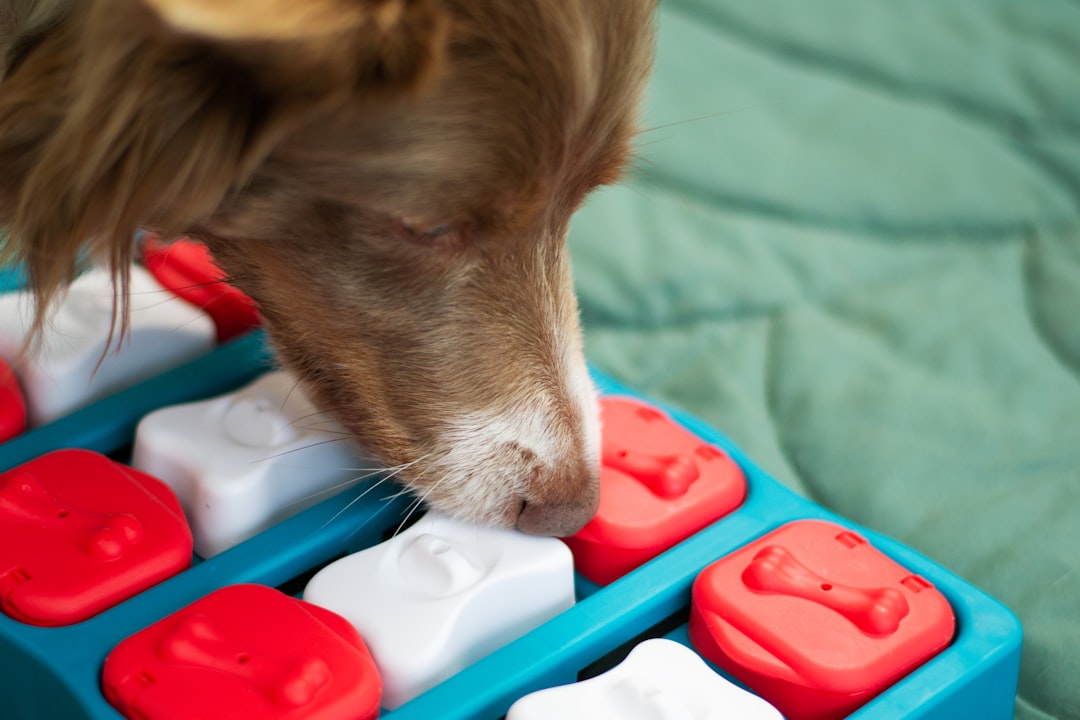
In fact, 28% of 11-12 year old dogs and 68% of 15-16 year old dogs will show at least one marker of canine cognitive dysfunction (i.e. doggy dementia). This cognitive decline can manifest as disorientation, changes in social interactions, altered sleep-wake cycles, and other behavioral changes.
Those statistics might seem alarming, but here’s the remarkable part: The study revealed several significant findings regarding the relationship between physical activity and cognitive dysfunction in older dogs. Across all measures of cognitive dysfunction, researchers found a robust negative association between physical activity and cognitive decline.
Mental stimulation works like a fountain of youth for your dog’s brain. Recent research by psychologist Norton W. Milgram at the University of Toronto shows giving older animals mental exercise in the form of new problem-solving experiences, as well as exposing them to richer and different environments, helps to offset the usual decline in mental efficiency in senior dogs. Stimulating the mind in this way changes the physiology of the brain, creating new connections between existing neurons in the cortex as a result of experience.
Picture your dog’s brain as a muscle that grows stronger with every puzzle toy, training session, and new experience. Each challenge literally rewrites their neural circuitry, keeping cognitive decline at bay.
Practical Training Techniques That Actually Work
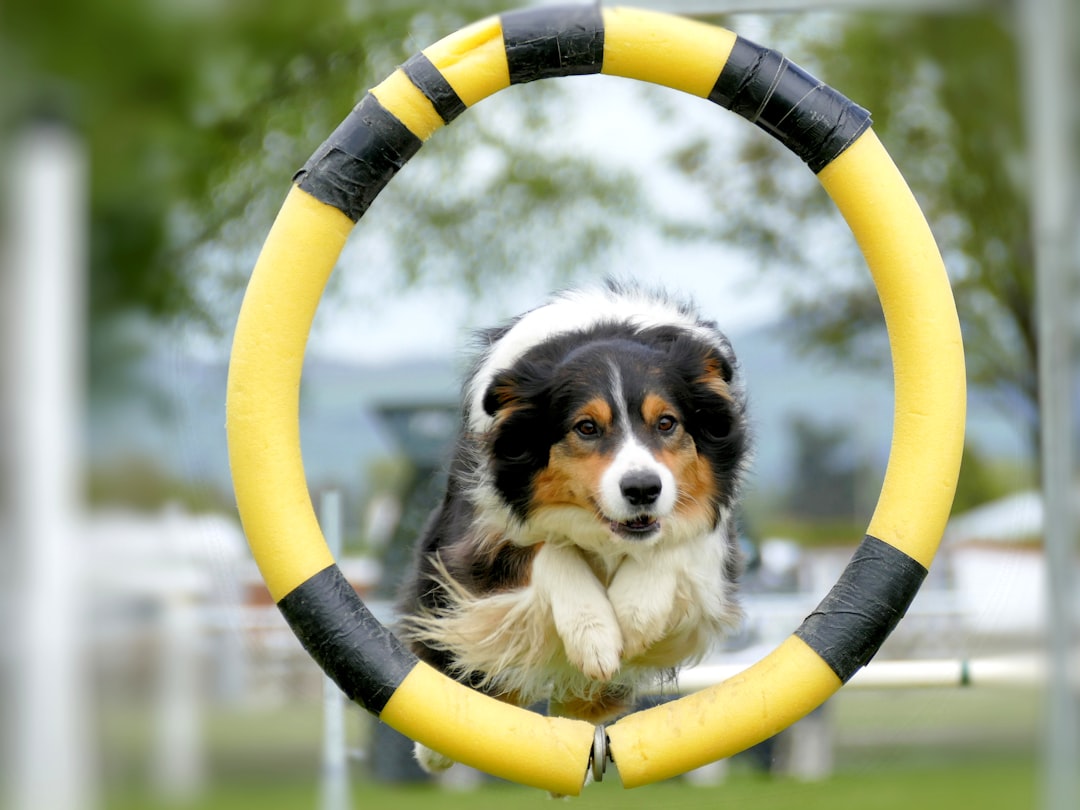
It’s advisable to keep training sessions short, typically 10 to 15 minutes, to accommodate this. Frequent, shorter sessions are more effective and less exhausting for your senior dog than long, intensive training marathons. Think of training like feeding your dog small, frequent meals rather than one giant portion.
Shaping is a learning technique that works well for dogs that do not know what response is desired by the trainer. Shaping works through gradual approximations and allows the dog to be rewarded initially for any behavior that resembles the desired behavior. For example, when teaching a puppy to sit, giving the puppy a food treat for squatting will increase the chance that squatting will be repeated.
Start where your dog succeeds. It’s important to break tasks into smaller, simple steps. For example, if you want your dog to learn a new trick, start with basic commands they already know. If you’re teaching “roll over,” celebrate when they lie down first. Success builds on success, creating positive momentum that carries through each lesson.
Rewarding positive behavior is key when teaching an old dog new tricks. It is recommended to practice with your pup at least once a day for around 10–15 minutes. Consistency beats intensity every single time.
Health Considerations: Reading Your Dog’s Body Language
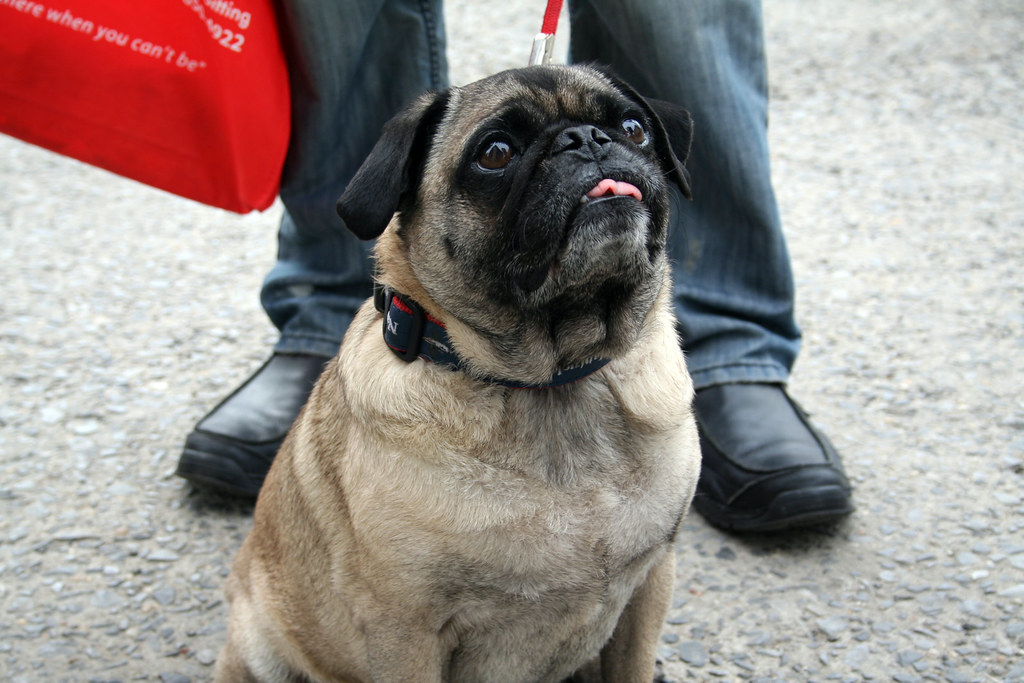
If your pup isn’t interested in learning, it could be due to a medical reason or a behavioral reason. Many medical ailments can lead to a dog refusing to try a trick. For example, an arthritic dog might find a command such as “spin” too painful and might seem disinterested in performing it. As such, veterinary input is necessary to rule out medical issues.
Your senior dog won’t always tell you when something hurts. However, you will want to keep in mind that your buddy is getting older and might have some health issues to take into consideration, such as dementia, hip dysplasia, arthritis, deafness, eye issues, dental health concerns, and more. As you teach them new tricks, it is important to ensure you are providing them with the right care and preventing them from getting injuries.
Watch for subtle signs of discomfort: hesitation before sitting, slower movement, or sudden disinterest in previously enjoyed activities. Health issues like arthritis can also affect their attention and performance. So, monitor how your pooch responds and adjust your game plan accordingly. Adaptation isn’t giving up; it’s being a thoughtful teacher who meets their student where they are.
A senior dog may be more prone to issues that compromise their mobility, such as osteoarthritis. As such, tricks that require athleticism might be challenging or painful for them to perform. It’s important to have your dog looked over by a veterinarian to ensure that they are healthy enough to perform certain tricks.
The Emotional Bond: Learning Strengthens Relationships
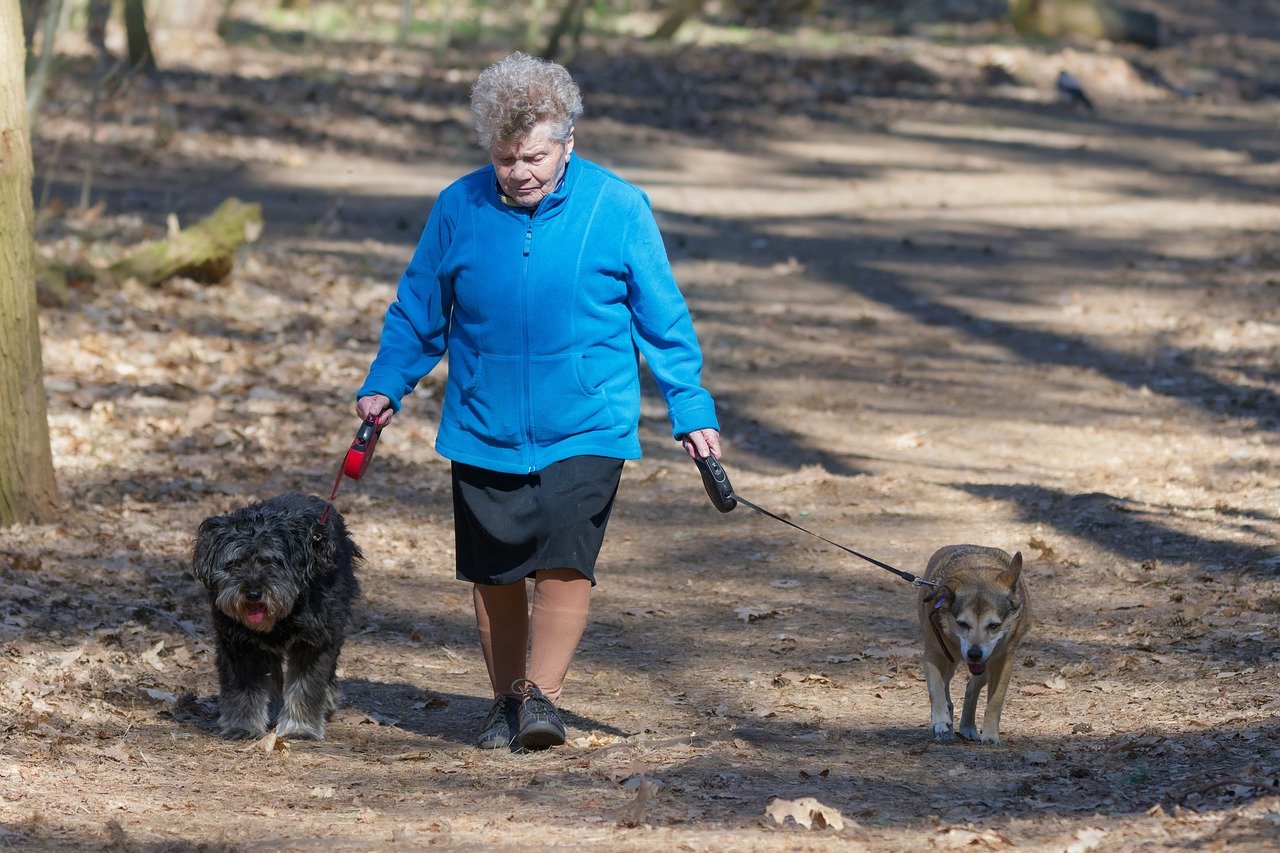
Training provides essential mental stimulation that sharpens your senior dog’s cognitive abilities and helps prevent cognitive decline. These sessions offer opportunities for social interaction with other dogs and people, crucial for maintaining their well-adjusted and happy disposition. The confidence they gain through training can increase self-assuredness and a deeper bond between you and your furry friend.
Training isn’t just about teaching behaviors; it’s about building trust. Every successful moment creates a shared language between you and your dog. Dogs thrive on the attention and engagement that come with learning new things. It keeps their minds sharp, prevents boredom, and fosters a positive, interactive relationship with you. For older dogs, training provides much-needed mental stimulation and a sense of purpose.
Imagine the pride in your dog’s eyes when they master something new at age 11. That moment of connection transcends age, creating memories that enrich both your lives. When it comes to teaching an old dog new tricks, the focus should be on spending quality time with your pal and having a good time together. This will only increase their love toward you as the two of you bond in these new and fun training activities.
Real-World Success Stories: Proof That Age Is Just a Number
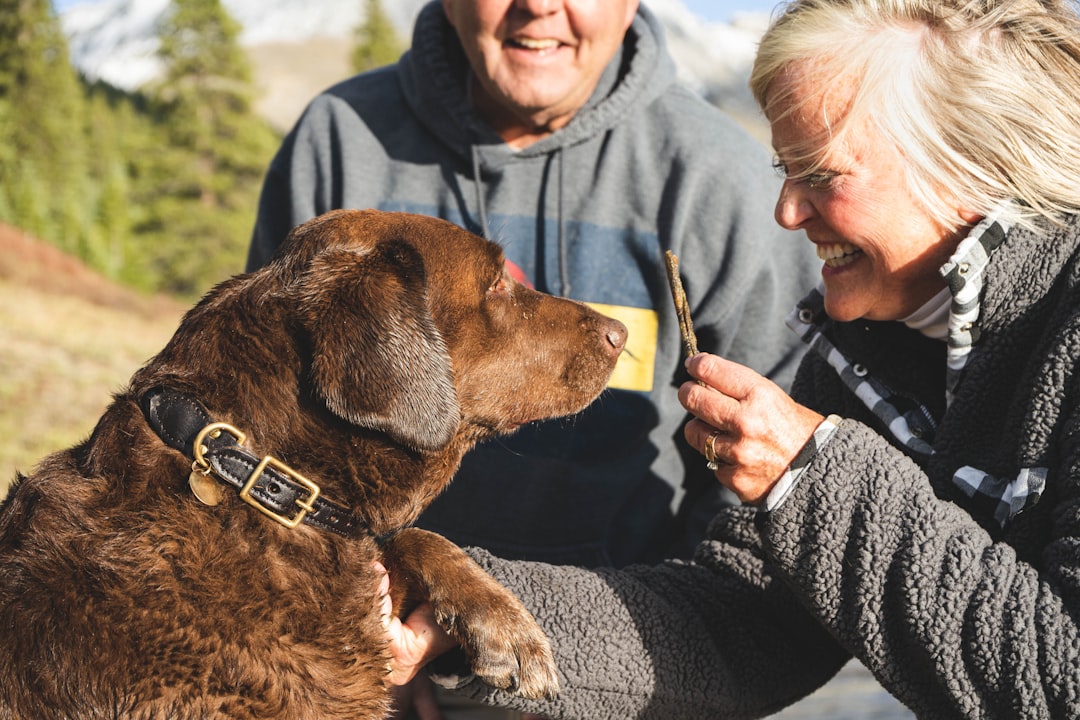
Scent games such as looking for treats or a favorite toy, are a wonderful way to engage senior dogs, even those with dementia. In her last months, my senior collie had dementia, was almost blind and deaf, and had arthritis, but she was able to learn how to search for a toy with cookies placed on it, and “find it!” quickly became her favorite game.
This heartwarming example proves that even dogs facing multiple challenges can discover joy in learning. On average, dogs over 6 years took 15 sessions (range = 4 – 40) to reach criterion. Only two older dogs (out of a total of 130 dogs aged above 6 years) failed this training stage, so it is well within the capacities of the majority of senior dogs.
Consider the 14-year-old Border Collie who learned to paint with a brush, or the ancient Beagle who mastered opening puzzle boxes that stumped younger dogs. Age didn’t stop them; it simply changed their timeline. Teaching an old dog new tricks may require more patience and time than training a younger dog, but it is entirely achievable. Start with simple tricks, such as “shake hands” or “roll over,” and gradually work your way up to more complex tasks. The goal is not to show off your dog’s skills, but to keep their mind sharp and engaged.
These success stories remind us that every senior dog carries untapped potential, waiting for the right opportunity and patient teacher.
Looking Forward: Your Dog’s Learning Journey Continues
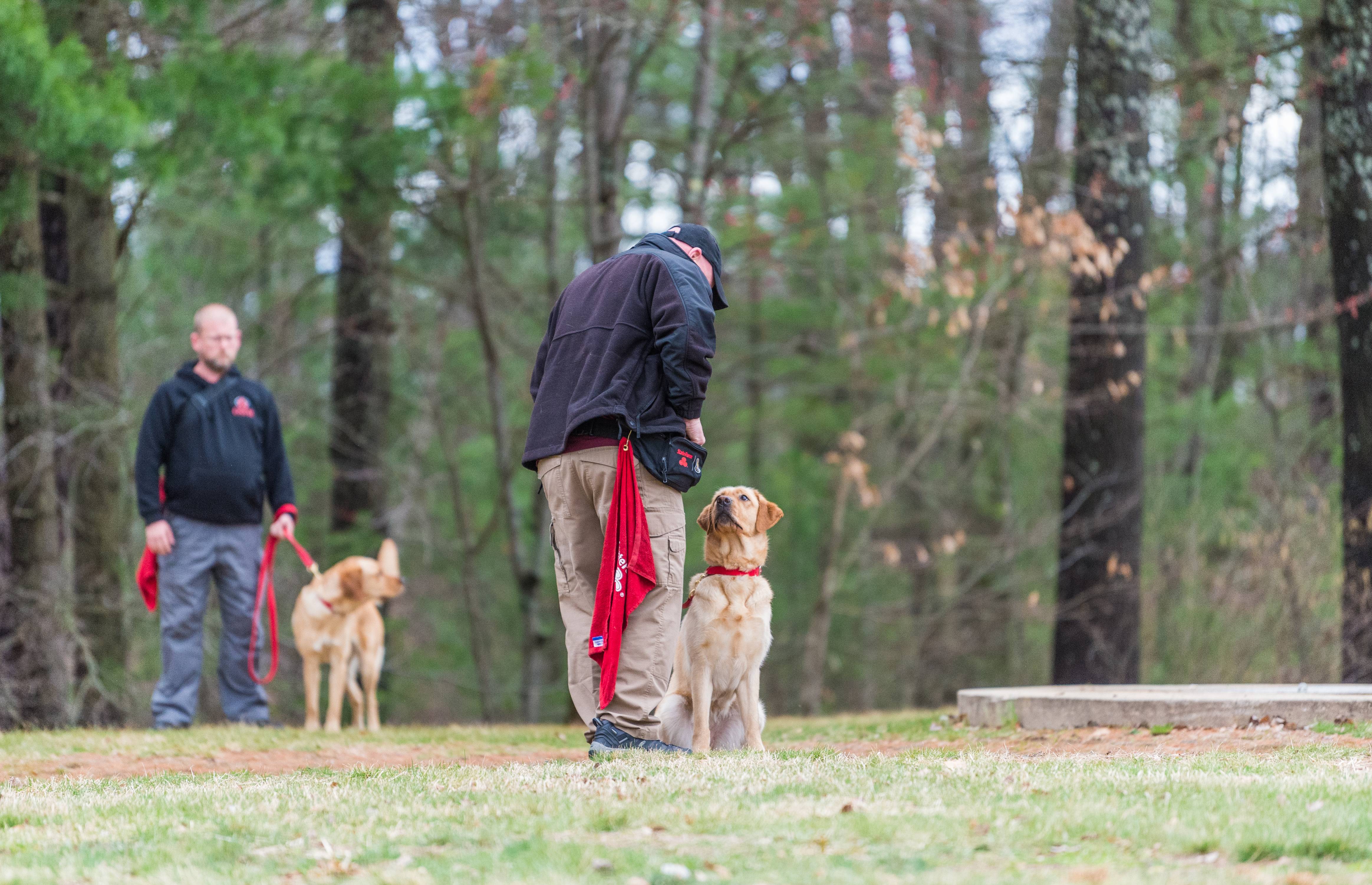
Age is never a barrier to learning. By investing time in teaching your senior dog new skills, you’ll not only enrich their golden years but also enjoy the countless rewards of a well-trained and happy companion. Every day with your senior dog is an opportunity to discover something new about their capabilities.
It can help delay the onset of cognitive dysfunction and keep your senior dog feeling young at heart. Mental stimulation exercises their brains, preventing boredom, anxiety, and depression, which are common issues in aging dogs. The investment you make in their continued learning pays dividends in quality of life, longevity, and joy.
While a certain level of cognitive decline is expected, you can still help keep your dog’s brain healthy and sharp with regular mental stimulation and smart lifestyle choices. By providing your dog with opportunities to explore their environment, try new things, and engage their senses, you can help support their brain health at any age.
Your senior dog’s learning journey doesn’t end with age; it simply transforms into something more meaningful, patient, and deeply connected to the bond you share.
The truth about senior dogs and learning isn’t just encouraging; it’s revolutionary. Science has shattered the myth that old dogs can’t learn new behaviors, revealing instead that aging brains remain remarkably adaptable and eager for stimulation. Your graying companion isn’t slowing down mentally; they’re refocusing their energy into more intentional, meaningful learning experiences.
The magic happens when we meet our senior dogs where they are, respecting their physical limitations while celebrating their mental capabilities. Every puzzle solved, every new trick mastered, and every training session completed adds another protective layer against cognitive decline while strengthening the irreplaceable bond between you.
What will you teach your senior dog next? Share your training victories in the comments and inspire other dog lovers to embrace the incredible potential that exists in every aging paw.

Gargi from India has a Masters in History, and a Bachelor of Education. An animal lover, she is keen on crafting stories and creating content while pursuing a career in education.






